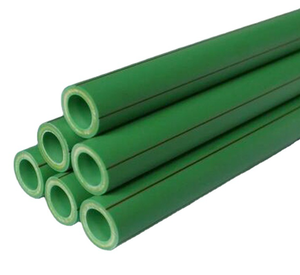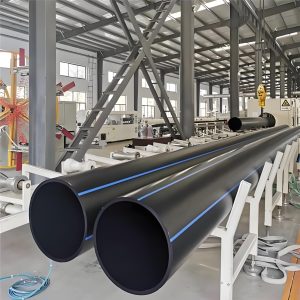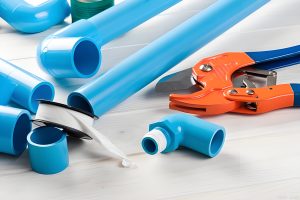LUOYANG DATANG ENERGY TECH CO.,LTD
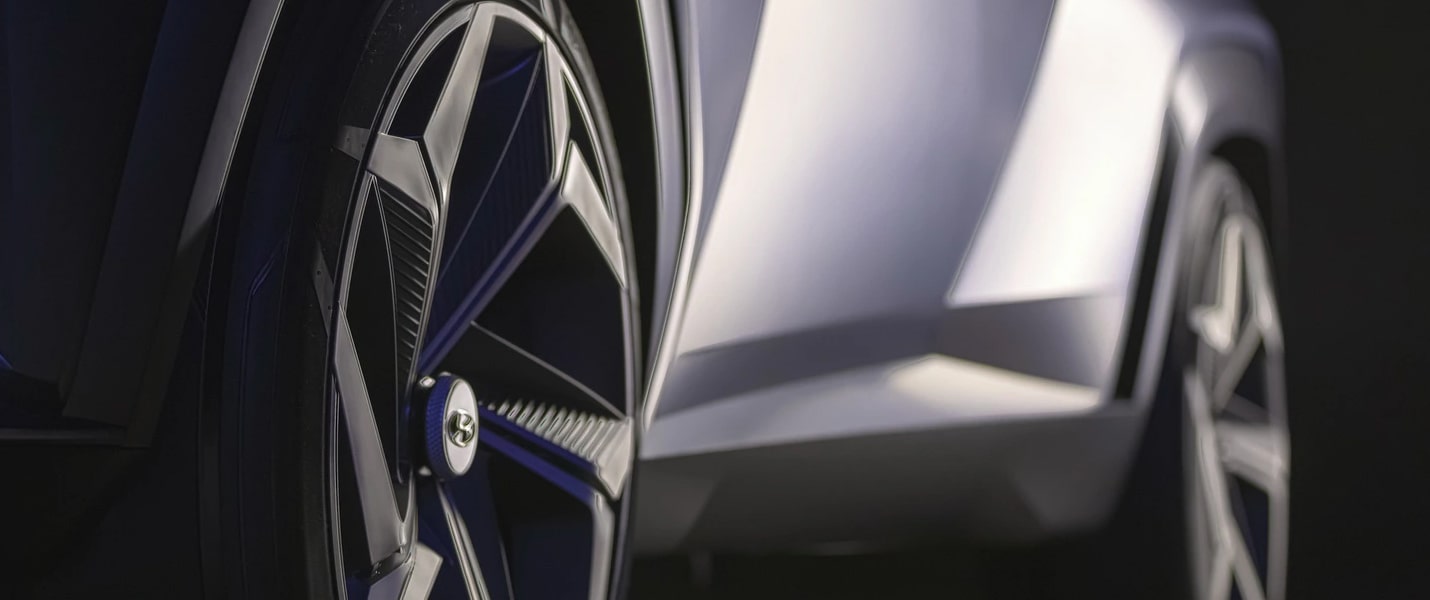
Why choose PPR pipes?
Professional analysis for cold and hot water and heating systems
In modern residential and engineering water supply and drainage systems, choosing the right pipe means less maintenance, lower operating costs and longer service life. As an expert in the field of PPR pipes, I will explain why PPR pipe is the preferred choice for cold and hot water and heating systems based on five core advantages, and provide practical selection suggestions to help independent station visitors make quick judgments and actions.
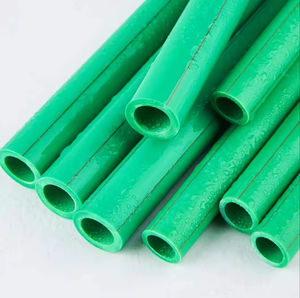
1. Corrosion-resistant and rust-free – reducing hidden maintenance costs
PPR (polypropylene copolymer) is chemically inert and does not rust or scale due to oxidation or corrosion like steel or copper pipes. Over long periods of operation, the inner walls remain smooth, the water quality is more stable, and the frequency of maintenance and replacement is significantly reduced – this savings are particularly substantial in large projects and are an important factor in reducing total cost of ownership (TCO).
2. Excellent performance for both hot and cold water and high temperatures
High-quality PPR pipes can stably withstand common hot water temperatures (short-term tolerance close to 95°C) and are suitable for hot water delivery and low-temperature heating systems. The mechanical stability of the material at high temperatures means that the system can still operate reliably with frequent on/off or temperature changes, reducing the risk of leakage and rupture.
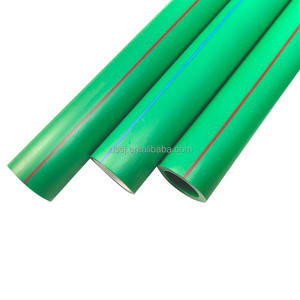
3. Energy savings from low thermal conductivity
PPR has a lower thermal conductivity than metal pipes, resulting in less heat loss during the delivery of hot water. For hot water circulation systems and underfloor heating circuits, this is equivalent to higher operational efficiency and lower energy consumption – PPR can save considerable energy costs for households and projects from a long-term operation and maintenance perspective.
4. Standardized certification to facilitate project acceptance and procurement decisions
Engineering projects have high requirements for material traceability and standard consistency. Choosing PPR pipes certified by industry standards such as ISO, DIN, or GB/T can significantly simplify the acceptance process and risk control. It is a common practice for professional buyers to ask suppliers to provide product qualification certificates, test reports and batch traceability when purchasing.
5. Hot-melt/socket installation is quick and reliable
PPR supports hot-melt connection and socket welding, with fast construction speed, good joint sealing and low on-site leakage rate. Smooth inner walls also mean less scaling and lower flow resistance, with lower long-term operating and maintenance costs. For contractors, the shortened construction period translates directly into lower labor costs and higher project turnover rates.
If you are hesitating over the selection of materials for your new home renovation or engineering, PPR pipes, with their combined advantages of corrosion resistance, heat resistance, energy efficiency and ease of installation, are worthy of priority consideration.

